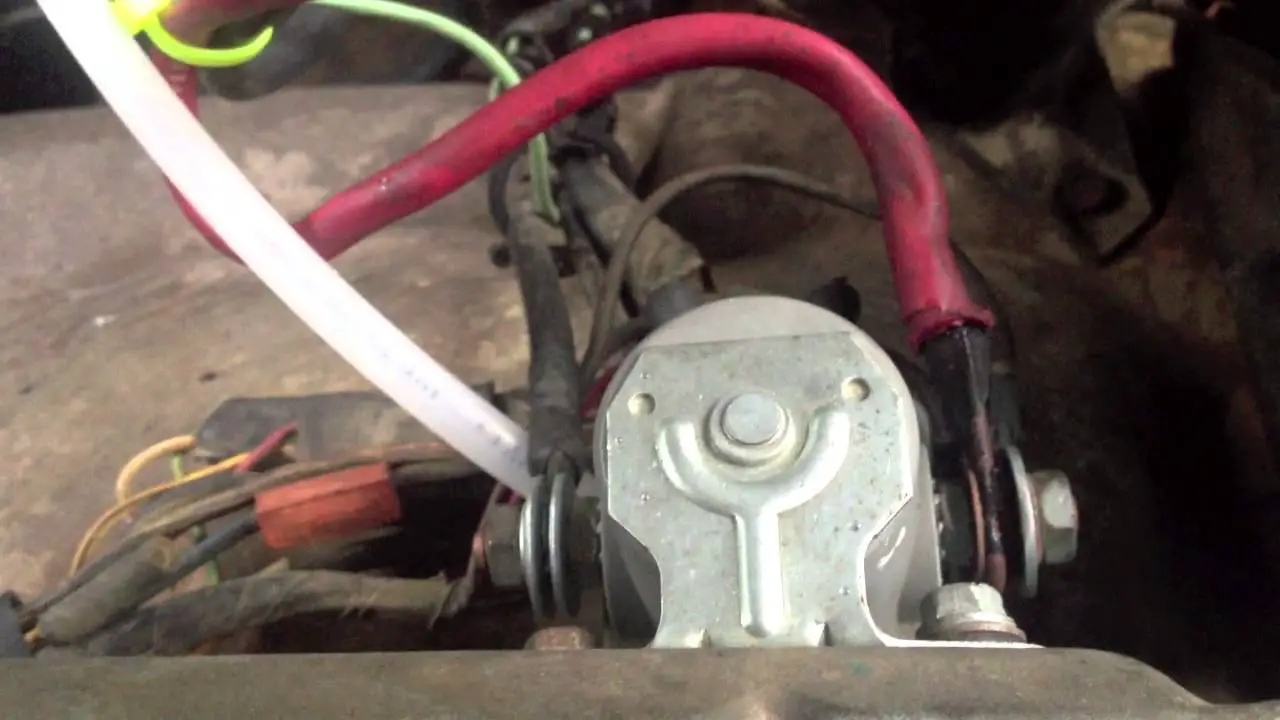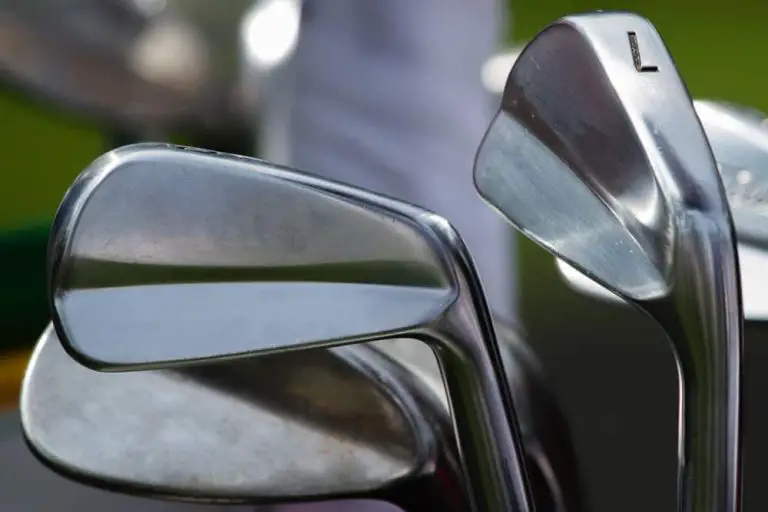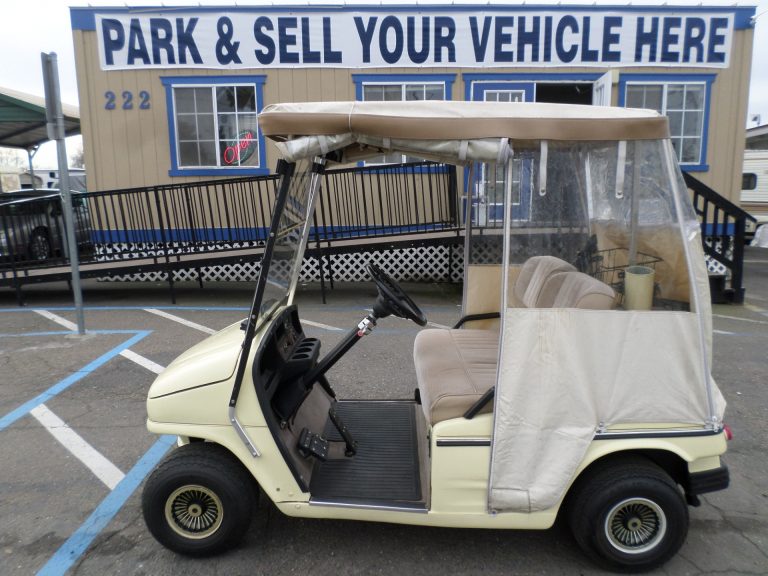How to Bypass Solenoid on Golf Cart

Golf carts are an excellent way to get around on the golf course, around the neighborhood, or at a vacation resort. They are often a preferred choice due to their convenience and environmentally friendly nature. However, like any vehicle, golf carts are prone to mechanical issues. One common problem that golf cart owners face is a malfunctioning solenoid, which is responsible for controlling the flow of electricity between the battery and motor.
Bypassing the solenoid is an effective and temporary solution to keep your golf cart running until a permanent repair can be made. However, it’s important to remember that this is not a long-term solution and should only be done in emergency situations.
In this article, we will provide a step-by-step guide on how to bypass the solenoid on your golf cart while on a motorcycle in the US. We will cover the necessary tools, safety precautions, and detailed instructions on how to successfully bypass the solenoid to get your golf cart up and running again.
So, whether you’re a golf course owner, a golf enthusiast, or just someone who enjoys cruising around in their golf cart, this article will provide you with the knowledge and skills you need to tackle a common problem and get back on the road. Let’s dive in!

Understanding the Solenoid
Before we get into the details of how to bypass the solenoid, it’s important to understand what a solenoid is and how it works. A solenoid is an electromagnetic switch that controls the flow of electrical current. It’s an important component of your golf cart’s electrical system, and without it, your golf cart won’t start.
When you turn the key on your golf cart, the solenoid receives a small electrical current from the battery. This current energizes the solenoid’s coil, creating a magnetic field that pulls the solenoid’s plunger towards the coil. When the plunger moves, it completes a circuit that allows a larger current to flow to the golf cart’s motor, causing it to start.
Bypassing the Solenoid on Your Golf Cart
If the solenoid on your golf cart fails, you can bypass it by using a motorcycle. Here’s how to do it:
Step 1: Park Your Golf Cart
Park your golf cart in a safe and level place, and turn off the key to prevent any accidents.
Step 2: Locate the Solenoid
Locate the solenoid on your golf cart. It’s usually located near the golf cart’s battery, and it’s connected to the golf cart’s electrical system with a few wires.
Step 3: Disconnect the Wires
Disconnect the wires that are connected to the solenoid. You can do this by removing the nuts that hold the wires in place, and then pulling the wires out of the solenoid.
Step 4: Connect the Wires
Take a wire with a female spade connector, and connect it to the positive terminal of the battery on your motorcycle. Connect the other end of the wire to the spade connector on the golf cart’s ignition switch.
Step 5: Connect the Other Wire
Take another wire with a male spade connector, and connect it to the negative terminal of the battery on your motorcycle. Connect the other end of the wire to the spade connector on the golf cart’s motor.
Step 6: Turn on Your Motorcycle
Turn on your motorcycle and rev the engine to create enough electrical power to start the golf cart.
Step 7: Start Your Golf Cart
Turn the key on your golf cart to the “on” position, and press the accelerator pedal. Your golf cart should start, and you can now drive it around.
Conclusion
Bypassing the solenoid on your golf cart using a motorcycle is an easy process that anyone can do. However, it’s important to remember that bypassing the solenoid is a temporary solution, and you should replace the solenoid as soon as possible to prevent any future problems with your golf cart. We hope that this article has provided you with the necessary information to bypass the solenoid on your golf cart and get it up and running again.






